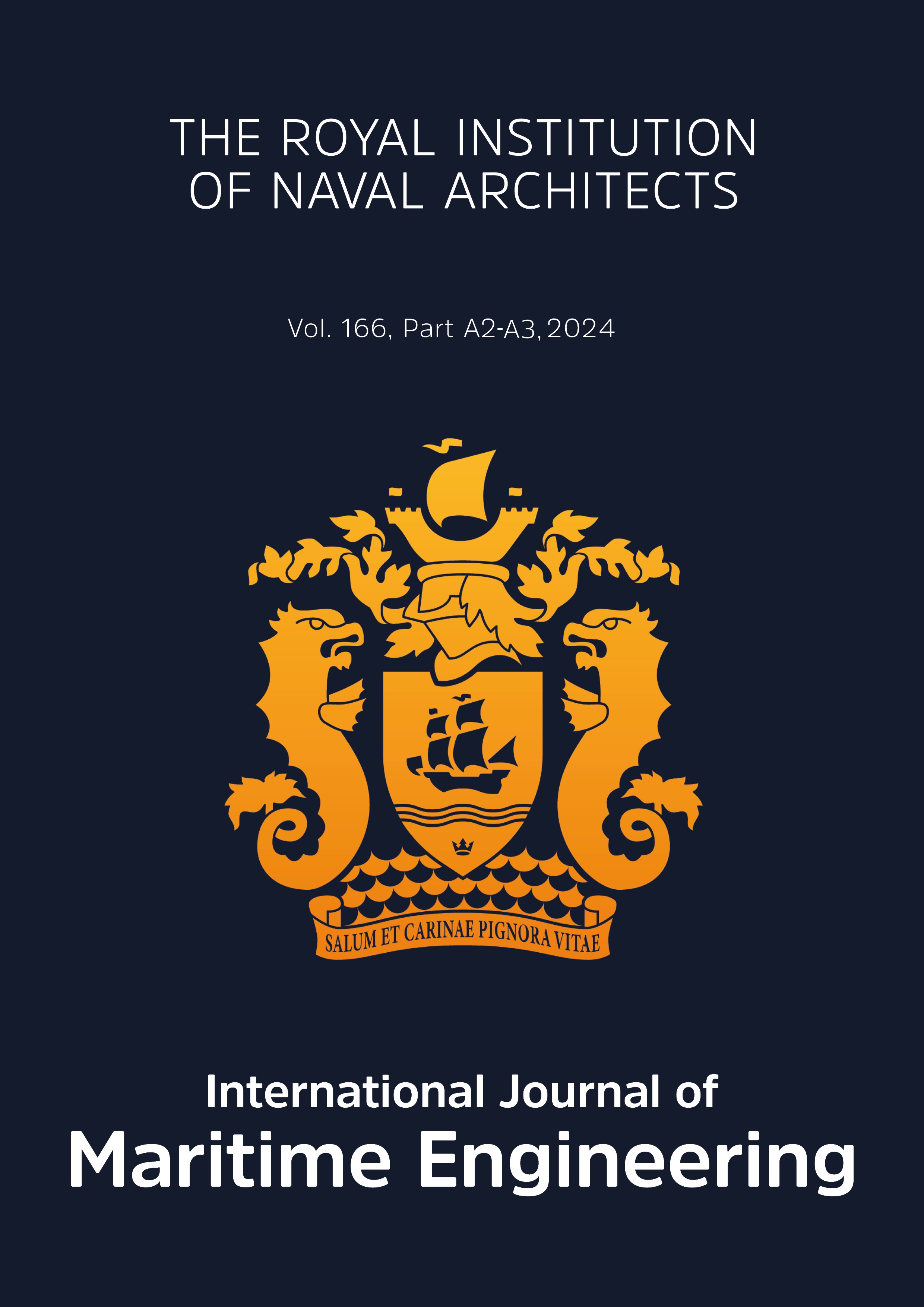Proposed Amendments in SOLAS and MARPOL Conventions to Limit VOC Emission from Oil Tanker Loading and Ship Bunkering Operations
Main Article Content
Abstract
Exhaust gas emissions are regulated at international and national levels, but venting vapours from oil tanks is a cause of concern due to a lack of regulatory control. Oil tanker loading operations and ship bunkering operation results in a considerable amount of ‘Volatile Organic Compound’ (VOC) in the surrounding environment. The presence of toxic components in this VOC emission has the potential to affect the health of seafarers as well as local air quality. Numerous tankers engaged in loading operations within the same port has a solid potential to increase the toxic emission to a dangerous level locally. Loading ports near highly populated areas expose the local population to toxic VOC concentration. A few ports in Europe, the USA and South Korea have strict local environmental rules prohibiting VOC emission from oil tanker loading operations. There is a need for international and national regulations to limit or stop the release of VOCs from oil tankers and monitor VOC exposure risks at the local level. The research objective is to analyse the current status of international and national rules and regulations related to VOC emission and monitoring VOC exposure risks during loading operations in an oil tanker and ship bunkering operations. Existing international (SOLAS and MARPOL Conventions) and national regulations (EU, USA, Norway) are described and analysed regarding the contemporary tanker design and standard tanker operating practice. A critical analysis determines the effectiveness and adequacy of the current regulations and tanker industry working practices. Finally, amendments to existing international conventions are proposed to minimise or stop the VOC emission and monitor VOC exposure risks to seafarers and the surrounding population near tanker terminals and ports. Solutions are also proposed to amend the existing tanker design and operating practices to stop the VOC emission, including toxic hazard assessment in vapour vent design and prevent exposure to VOC emission.
